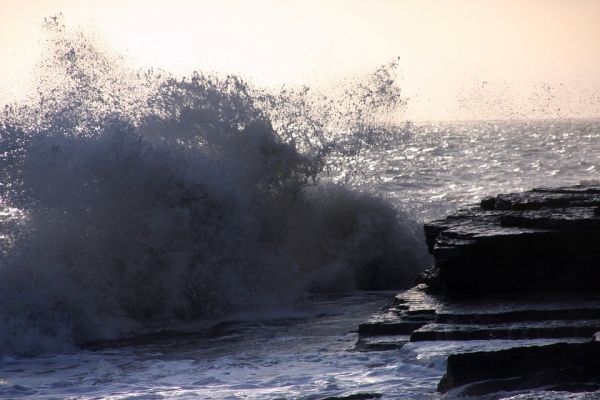Extreme ocean surface waves with a devastating impact on coastal communities and infrastructure in the Arctic may become larger due to climate change, according to a new study.
The new research projects the annual maximum wave height will get up to two to three times higher than it is now along coastlines in areas of the Arctic such as along the Beaufort Sea. The new study in AGU’s Journal of Geophysical Research: Oceans suggests waves could get up to 2 meters (6.6 feet) higher than current wave heights by the end of the century.
In addition, extreme wave events that used to occur once every 20 years might increase to occur once every two to five years on average, according to the study. In other words, the frequency of such extreme coastal flooding might increase by a factor of 4 to 10 by the end of this century.
“It increases the risk of flooding and erosion. It increases drastically almost everywhere,” said Mercè Casas-Prat, a research scientist with Environment and Climate Change Canada’s (ECCC) Climate Research Division and the lead author of the new study. “This can have a direct impact to the communities that live close to the shoreline.”
Read more at American Geophysical Union
Photo Credit: Gil-Dekel via Pixabay


